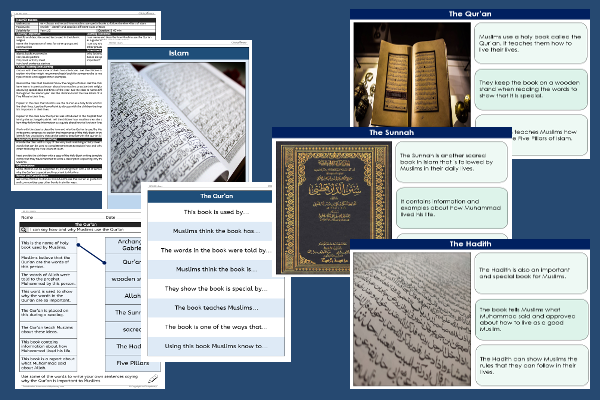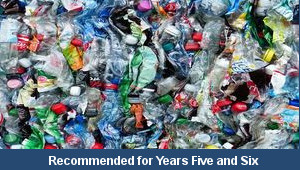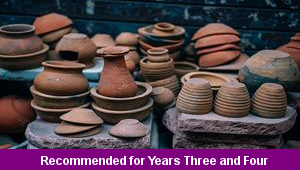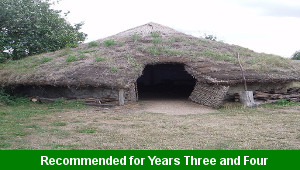Lesson Six – Islamic Books

This religious education teaching pack for Key Stage Two gets the children to identify, explain and record how Muslims can use special books in their religion to follow and observe the Five Pillars of Islam.
The class can describe how Muslims use the Qur’an in their daily lives to observe the practices of Islam by giving examples using sentences and illustrations.
Download this teaching pack including a lesson plan, classroom activities and an interactive presentation to identify, explain and record how Muslims can use special books in their religion to follow and observe the Five Pillars of Islam
Activities in this teaching pack include display posters to identify some of the different special books used by religious communities around the world and worksheets to match vocabulary words and compose sentences to describe how Muslims use the Qur’an in their lives.
The interactive presentation gets the children to explore how Muslims use special books in their religion to follow the Five Pillars of Islam.
This lesson is part of a religious education scheme of work to get the children to explore some of the different traditions, stories, beliefs and practices that Muslims follow and adopt when practising the Islamic religion. There are teaching activities for shared learning, differentiated worksheets to support independent learning and interactive presentations to introduce concepts and key skills.
-

Recycling
Research and present some of the benefits and disadvantages that can be produced when recycling different materials at home and in school
-

Viking Pots
Develop and refine a range of different art and design techniques when working with clay to make pots that represent Viking culture and traditions
-

Bronze Age
Research and illustrate how life in Britain developed and changed during the Bronze Age including the growth of communities and trade
-

Future World
Practise using apostrophes correctly in matching sentences to describe some of the things that might be owned by families in the future
